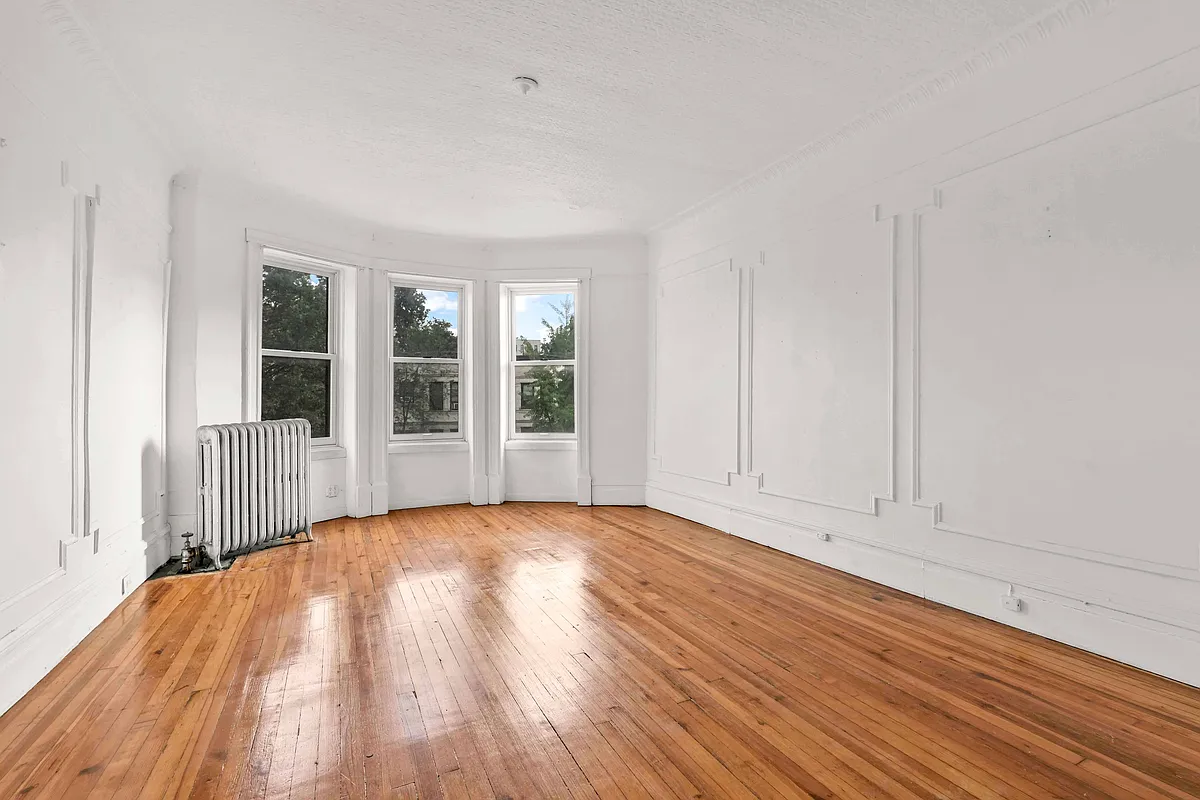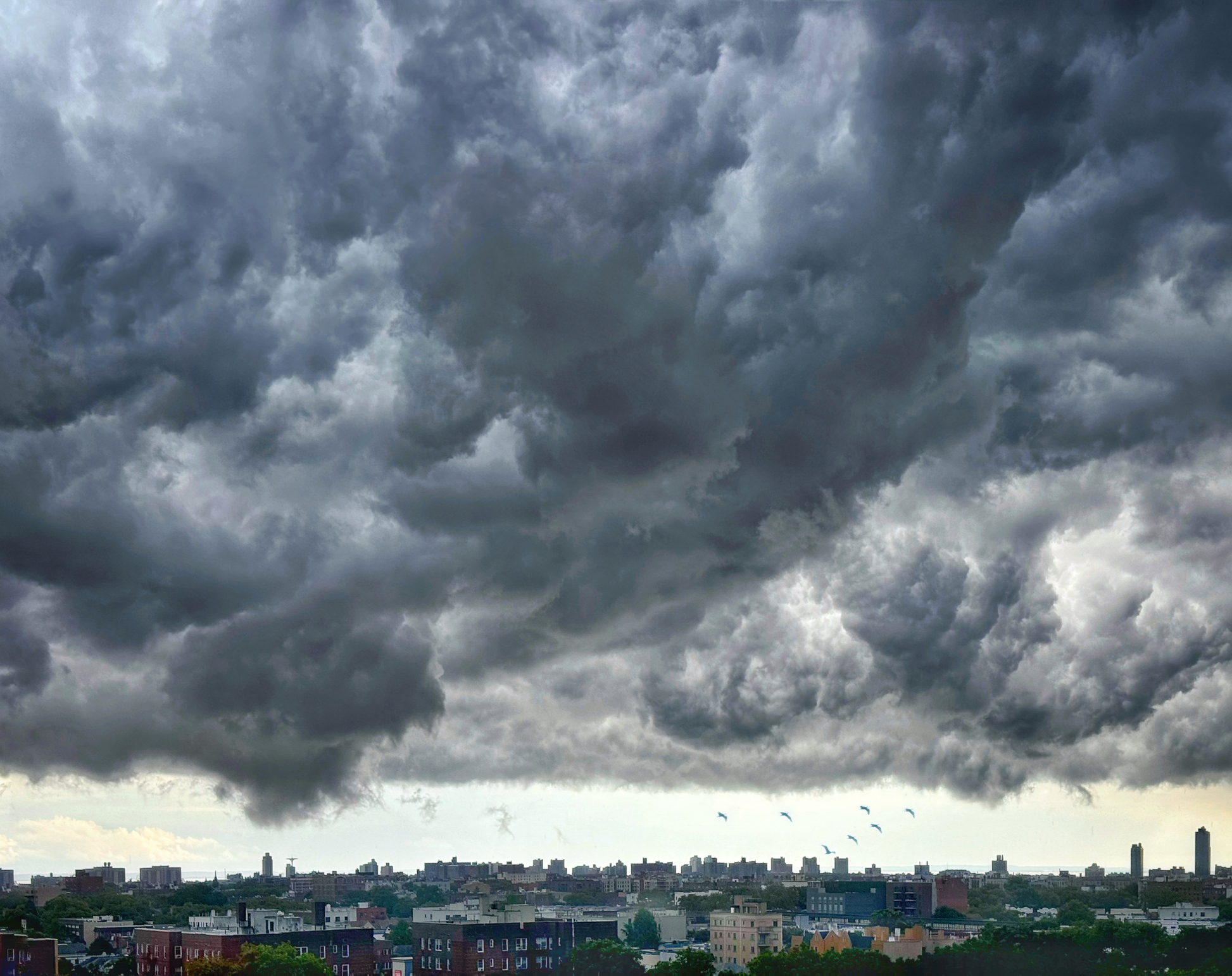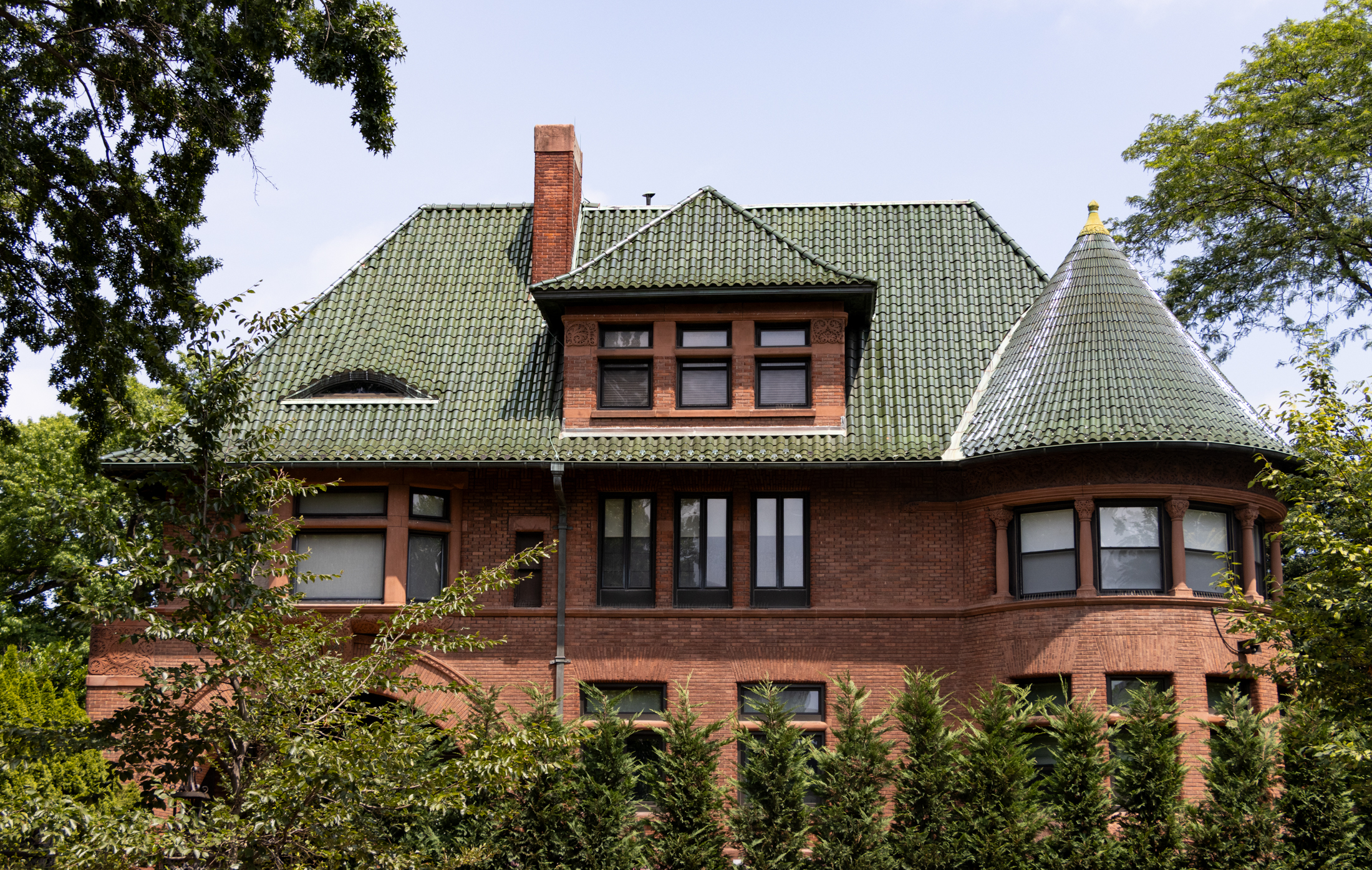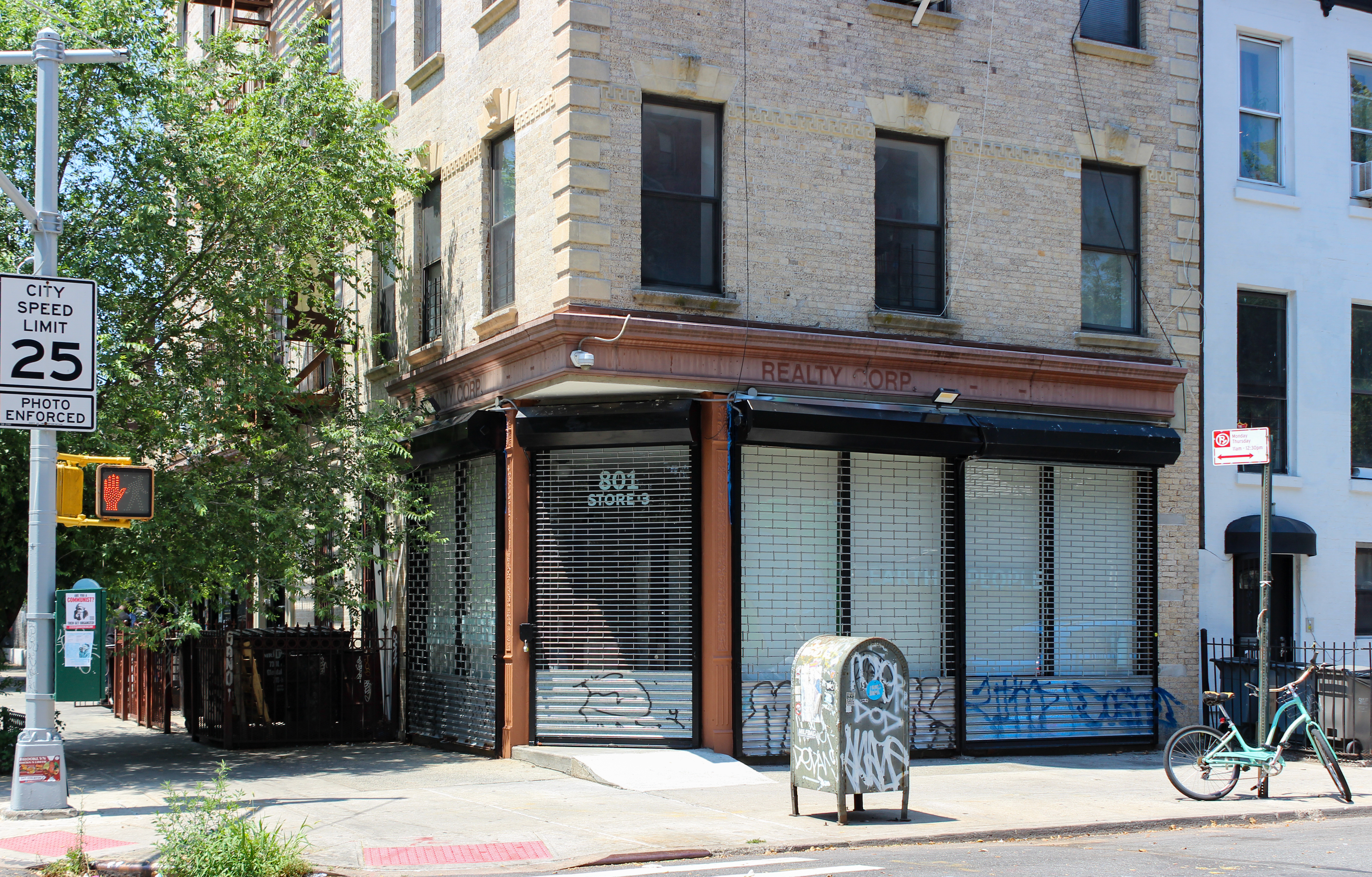Ratner's Yards Bonds Rated 'Barely' Investment Grade
On the heels of last week’s eminent domain ruling, Forest City Ratner took another step towards realizing its vision for a basketball arena in Brooklyn when Moody’s Investor Service gave the $500 million in tax free bonds being used to finance the Barclays Center a crucial investment-grade rating. According to a largely positive story in…


On the heels of last week’s eminent domain ruling, Forest City Ratner took another step towards realizing its vision for a basketball arena in Brooklyn when Moody’s Investor Service gave the $500 million in tax free bonds being used to finance the Barclays Center a crucial investment-grade rating. According to a largely positive story in Crain’s yesterday afternoon, “the Baa3 rating reflects several factors, including the strength of New York City as a media market, existing sponsorship support for the team, the large amount of equity the developer and its partner are putting in the project and strong reserve funds.” And check out this quote in The Times from a vice president at Moody’s: The lawsuits are not an issue as far as the rating is concerned. The rating assumes that the lawsuits will be settled and that the project will move forward.” A more skeptical article in the New York Observer noted that while technically investement-grade, the bond rating was only one step above junk level, reflecting significant risk factors like relocation, weak team finances and “uncertain demand for premium seating.” And Atlantic Yards Report points out that the Moody’s rating assumes 225 events per year but Ratner’s on record as predicting only 200. Crain’s says that bond sales are expected to begin sometime this week.
New Nets Arena Wins Another Court Challenge [NY Times]
Moody’s Gives $500M in Nets Bonds Thumbs Up [Crain’s]
Nets Arena Wins Needed Bond Rating, Mostly [Observer]
Atlantic Yards Debt Gets Rated [The Bond Buyer]





Both Ditmas and Sparafucile have made valid points. Not to mention, even now Ratner is backing down from promises he made regarding money, affordable housing and payments. And let’s not forget Gehry- Frankly I’m surprised at the usual suspects who love to rant about socialism and communism from the left but are so pissed off at people fighting back and not rolling over for the government or big developers. DDDB is a great grass roots movement.
That said, those who desperately want the arena will endlessly rebut any argument or fact. And while DDDB may have lost court cases (and there are any number of reasons for that), they have been effective in throwing a wrench in the works and gaining attention and support for their fight. Seems Ratner has been as much a loser in the real world as DDDB has been in court.
>And thanks for adding oh so much to the conversation.
Calling you out for basically ignoring everything someone else said and polluting this board with yet more of your same old irrelevant anti-AY chatter is, in my view, an addition to the conversation.
Snark and Sparafucile;
The opponents of this project have made their arguments both in the public realm, and in court, and here we are. Is there anything new that can be said?
Sometimes in a democracy, you win, sometimes you lose. To havelc’s point, however: what will it say about NYC if the opponents of this project try to defeat it by any means possible, regardless of public sentiment or court precedent? It will continue the paralysis we have been in for over 40 years in NYC regarding big projects. As Polemecist alluded to above, this endless bickering only makes the cost of development here prohibitive, as developers know that they have to factor in large litigation risk.
You’ve made your best case, and the issue has been decided. It’s time to move on.
Sparafucile– Yankee Stadium isn’t enough to overcome the fact that it’s in America’s poorest urban congressional district, though all the stores on River Ave wouldn’t be there w/o the stadium.
Stadiums usually lose money for cities. The only way they succeed economically is if they succeed at prying dollars away from another tax base. Building a new Yankee Stadium across the street (or even somewhere else in the Bronx) doesn’t accomplish that. The idea (and this is the idea) is that the 200 events per year is going to represent spending and local tangential spending that would not have taken place in Brooklyn otherwise.
“Based on what I’ve read, and have observed first hand in areas like River Avenue across from Yankee Stadium, there is exceedingly little of the type of economic opportunity you anticipate.”
I disagree. First of all, much of the restaurant traffic around Madison Square Garden is related to the events that happen there. The same thing will happen in this area if an arena is built. There will be more restaurant biz and more opportunities for new restaurants nearby. Also, it’s true, some retailers in the Yankee Stadium area have complained they aren’t getting their fair share. But when I was last out there, some vendors in the area were still operating, although I guess some weren’t making what they dis previously. Furthermore, I do know few people in that area (where I lived in the late 1980s and early 1990s and met my ex-wife) who now have Stadium jobs, including my ex-wife’s daughter, who is a hostess at the Yankee Stadium steak house. Now, as I said, that isn’t the greatest job ever, but it’s a job, one that didn’t exist previously.
> Just because snark is part of your alias..
Be true to your moniker, be_rude, be true. And thanks for adding oh so much to the conversation.
QUOTE “The arena will also create economic opportunities for retailers large and small who can develop innovative products/services/locations that rely on fans attending games.”
Can you cite examples of sports arenas that have generated such economic spillover?
Based on what I’ve read, and have observed first hand in areas like River Avenue across from Yankee Stadium, there is exceedingly little of the type of economic opportunity you anticipate.
Just because snark is part of your alias doesn’t mean you always need to spout off provocative drivel without first actually reading/thinking yourself.
fsrg already acknowledged that IF your argument is other, tax-paying development will come organically, then that is intellectually valid, so your “contribution” @11:31 adds nothing.
And while I’m at it, I echo the kudos for havelc. Brilliant!
DitmasSnark– you’re right, the best possible situation is that someone moves it to that whole area earns as much money and pays taxes for 25 years. That is not under dispute.
Tax exempt bonds only cost cities money if the opportunity cost (someone else building something that would pay taxes) exceeds the cost of maintenance and liability costs for the city in the period between when the bonds are issued and when the alternative company would come along and develop.
NYC has consistently, over the last 20 years, made the bet that waiting costs more than short-term tax abatement.